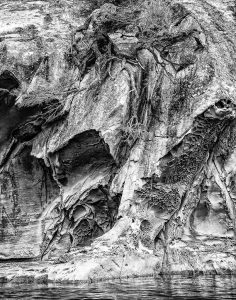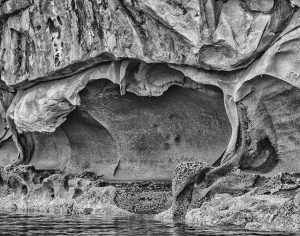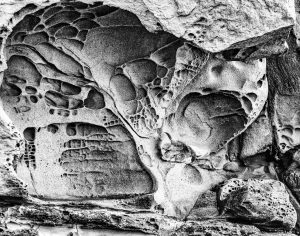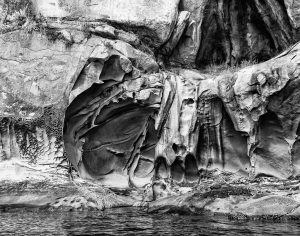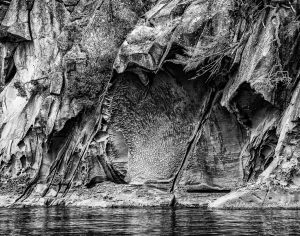I have owned a camera and have been a keen photographer since the age of 12, growing up in rural Québec. One of my early experiences was watching my father at work in his basement darkroom. Black and white print making became my main method of expression and the 70s, 80s and 90s saw me enrolling in evening college photography classes in darkroom technique, sensitometry and lighting while learning to use a 4X5 field camera, calibrating my equipment for the zone system and drawing inspiration from the likes of Ansel Adams, Edward Weston and Minor White. Like many of my peers, I made the transition to the digital medium and now enjoy the huge latitude that is now offered by these new tools while staying true to the essence of what makes a great photograph – striking compositions as well as the skillful use of light and shadow to provide visual interest and intrigue.
My background as an environmental scientist has given me an appreciation and love for the natural word and its intrinsic beauty. I often seek areas protected from the abuses humans have heaped on nature and, when the human element does enter into my photography, it tends to reflect days gone by when we were in a more reasonable equilibrium with the other inhabitants of our shared planet. I naturally have a fondness for parks and other protected areas but also for the little out of the way corners of towns and villages where pedestrians still rule and where wood, field stone and slate trump steel, cement and asphalt.
These 2018 studies are the result of several kayaking trips circumnavigating the Southern Gulf Island of Saturna. I find the chaotic juxtaposition of deliciously-curved forms, some in light, others in deep shadow, visually compelling and challenging at the same time. Photography from a kayak brings its own challenges but allows for a complete sensory immersion with the shoreline.




















